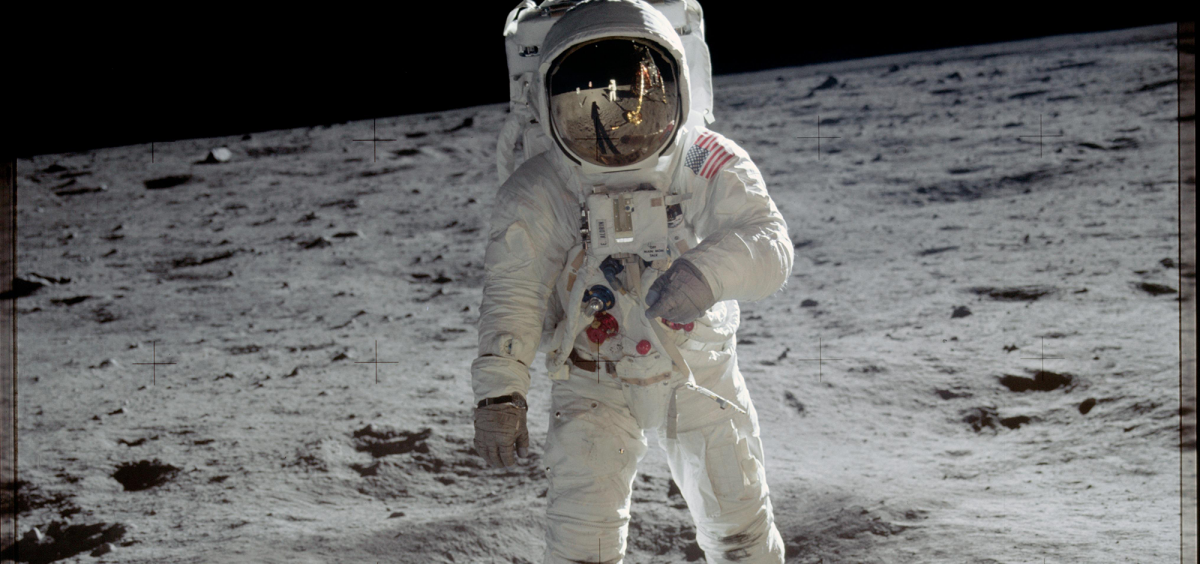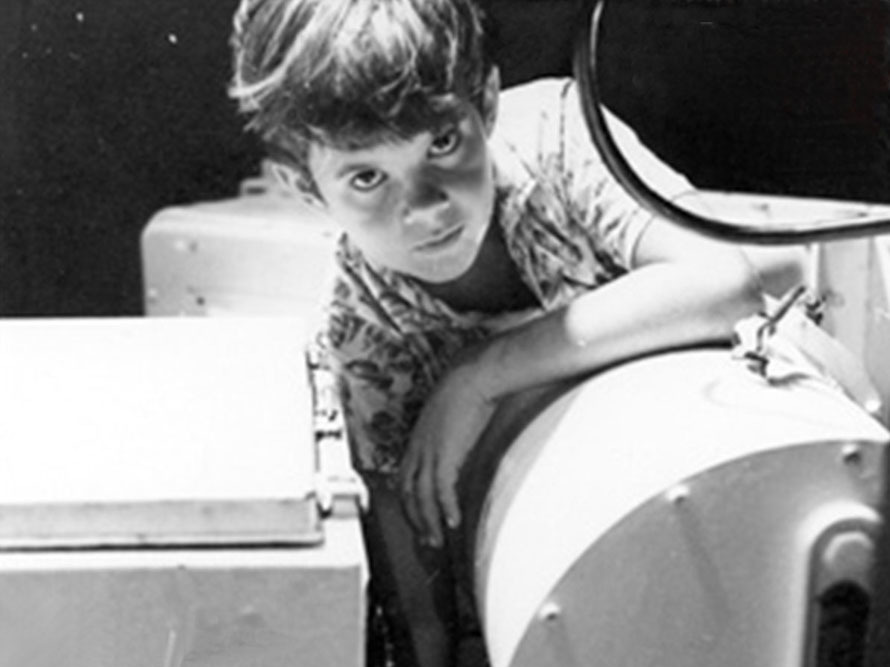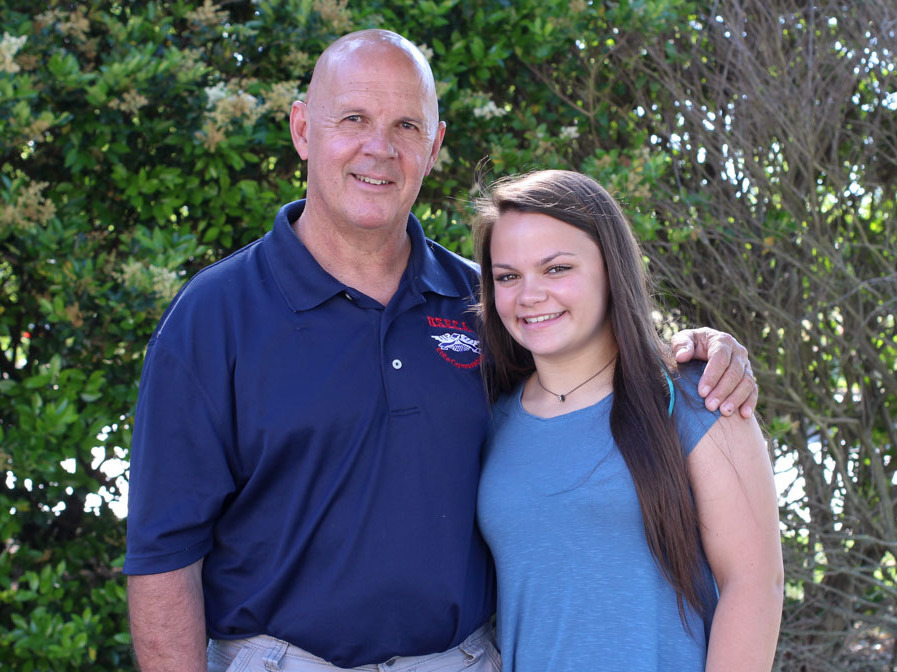Communiqué

How A 10-Year-Old-Boy Helped Apollo 11 Return To Earth
By: Josh Axelrod | Mia Warren | NPR
Posted on:
This story is part of the StoryCorps series of conversations.
A half-century ago, America’s dreams were realized in space. The power of U.S. innovation and spirit took the Apollo 11 crew to the moon and back.
That mission was possible because of a diverse team of engineers, astronauts and mathematicians. It was also possible thanks to the help of one 10-year-old boy who was in the right place at the right time.

“I loved it,” Force told his daughter, Abby Force, in a StoryCorps interview. “I looked up to him a huge amount. Not only was it a prestigious job, but he was very good at it.”
After Apollo 11 began its departure from the moon, a problem arose — a bearing had broken in the dish antenna needed to track the ship. Without it, NASA risked losing the ability to communicate with the capsule as it approached Earth.
Scrambling to find a solution, Charles called home, hoping that Greg’s child-size dimensions could be of assistance. He asked Greg to come to the tracking station and squeeze his arm through the antenna’s access hole and pack grease around the bearing.
The 10-year-old rose to the challenge and scampered up the ladder.
“I would take a big handful of grease — you know, you squish it,” Greg says. “It comes out between your fingers, and I stuck them down in there and packed them the best I could.”
Greg succeeded, and on Day 8 of the Apollo mission, a NASA public affairs officer noted his contribution in an announcement from Apollo Control:
“The bearing was replaced with the assistance of a 10-year-old boy named Greg Force who had arms small enough that he could work through a 2½ inch diameter hole to pack [the bearing].”
The rest is history. This month, America celebrates the 50th anniversary of the Apollo 11 moon landing, an event firmly planted in the nation’s collective memory.

Greg, now 60 and the owner of a gymnastics studio, says he wanted to follow in his father’s footsteps and work for NASA, but his colorblindness prevented him from becoming an astronaut.
His father, Charles, died in 2007 after 29 years of service to NASA.
Following the Apollo 11 mission, Charles continued on to develop NASA’s Tracking and Data Relay Satellite System.
According to Charles’ NASA obituary, the technology he helped implement “replaced an aging ground-based communications network and was designed to increase the time spacecraft were in communication with the ground and improve the amount of data that could be transferred. It cut NASA’s telecommunications costs in half and is still in use today.”
Though he never went on to a career at NASA, Greg’s role in history has been memorialized. He inspired a children’s book titled Marty’s Mission: An Apollo 11 Story, by Judy Young.
His 17-year-old daughter admires both her father and grandfather for the roles they played in history.
“I mean, I think it’s pretty dang important,” Abby says. “My dad helped with Apollo 11. I look up to you and Pop Pop for it.”
9(MDI4ODU1ODA1MDE0ODA3MTMyMDY2MTJiNQ000))

